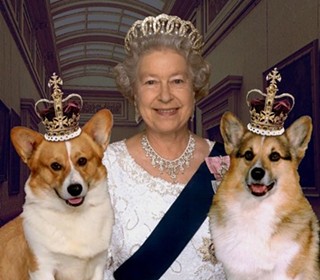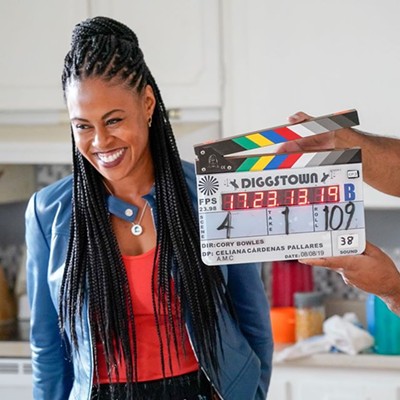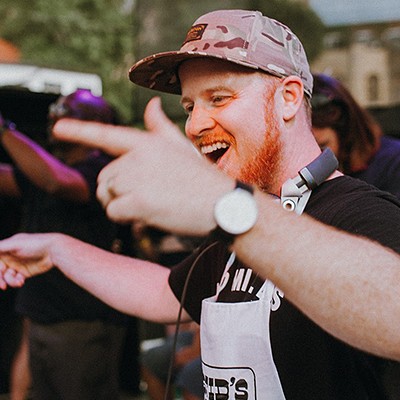Some professions work well on film. For every movie starring a dentist, armies of cops, lawyers and psychiatrists march across the big screen.
Journalists spend plenty of time furrowing brows and grimacing for the camera. In 1997, Richard R. Ness published the hefty From Headline Hunter to Superman; 808 pages cataloguing over 2,100 feature films containing references to journalism. Yet, the reality of reporting the news is not as exciting as Hollywood wants you to believe. Reporting on city council decisions isn’t nail-biting cinema. Counting broadcast time-codes doesn’t bring in millions at the box office.
Most journalism movies don’t address the craft. Often, a character’s profession is a simple plot mechanism. Romance films are the biggest culprit: in the Jennifer Garner starrer 13 Going on 30, a pre-adolescent girl successfully edits a major fashion magazine. There’s also the painful I Love Trouble, with Julia Roberts and Nick Nolte as two competing Chicago reporters fighting against an evil chemical company.
Disdain for the media creeps into film through stereotypes. There’s the nosy tabloid reporter, the gruff editor, the booze-swilling writer and the immoral investigative reporter. According to the Annenberg School of Communication’s project “The Images of the Journalist in Popular Culture,” the first recorded newspaper film was 1900’s Horsewhipping the Editor, where the titular character is attacked for an unnamed wrongdoing.
Thankfully, emerging of out this pile of silly celluloid is a handful of movies that deal with the essence of journalism: the ethics, the grey area of truth-telling and the public discussion of controversial ideas. George Clooney’s Good Night, and Good Luck, a dramatization of CBS broadcaster Edward R. Murrow’s public takedown of senator Joseph McCarthy’s irrational hunt against communism, is one of the most intelligent films shot on the subject. Backed by his staff (a stellar cast including Patricia Clarkson and Robert Downey Jr.), Murrow (David Straithairn) turns McCarthy’s own words and the emerging medium of television into a fireball that ignites the destruction of the senator.
Although Good Night, and Good Luck might hold the record for the most cigarettes ever smoked in a movie (count the astonishing number of butts and lighters), The Insider tackles another burning issue. Directed by Michael Mann, it stars Al Pacino as ballsy 60 Minutes producer Lowell Bergman. He uncovers malpractices in the tobacco industry after a research biologist, Jeff Wigand (Russell Crowe), refuses to speak. Eventually Wigand agrees to an interview with Mike Wallace (Christopher Plummer), risking arrest and divorce from his wife. The episode is never aired because of CBS parent company Westinghouse’s fear of lawsuits. In the end, Wigand—the one with the most to lose—is left with nothing.
The Insider might not exist without the granddaddy of all journalism movies. All the President’s Men stars Dustin Hoffman as Carl Bernstein and Robert Redford as Bob Woodward, the two Washington Post reporters who uncovered the Watergate scandal. Their undercover work resulted in the impeachment of US president Richard Nixon and an increased enrollment in journalism school. After the 1976 movie, reporters were considered heroes—perhaps because William Goldman’s Oscar-winning screenplay was based on the book by Bernstein and Woodward.
These movies are powerful because we get to root for the good guys. There are obvious enemies. Shattered Glass, the story of disgraced wunderkind Stephen Glass, is mesmerizing because of the complexity of his downfall. A writer for The New Republic, Glass gets caught in a web of his own fabricated quotes and story sources, covering up with fake notes, faxes, and even a web site. As the real Glass told CBS News reporter Steve Kroft after the scandal: “I wanted them to think I was a good journalist…a good person. I wanted them to love the story so they would love me.”
Not all good journalism movies rely on real stories for inspiration. In 1987, Broadcast News, starring William Hurt, Albert Brooks and Holly Hunter, was a big hit, although Hunter’s lengthy crying jags tread too close to what the Annenberg project calls the “Sob Sister” syndrome. For many journalists, Ron Howard’s The Paper is closer to reality: Michael Keaton battles long hours, poor wages and the addictive rush of scoring a great story. Although the mundane details of most media professionals’ lives might not be as provocative or as memorable as Edward Murrow’s fight for civil justice, those who make the news—and report the news—will always be a Hollywood story.
Good Night, and Good Luck is playing at The Oxford now.
















